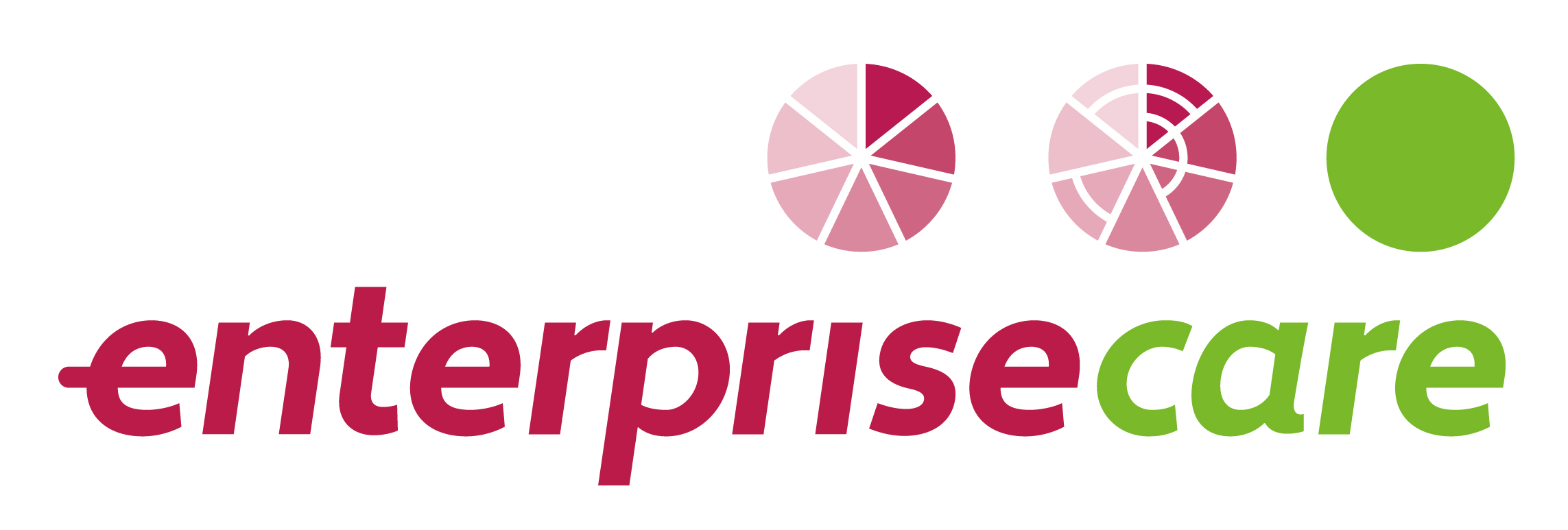2024 NFP Talent Trends
So much continues to change in the Australian talent landscape. The following talent conditions are contributing broadly to an “employee’s market”:
Consumer Price Index
CPI reached a high of 8.4% in Dec-22 and has been slowly easing since, now at 5.4% Jul-23
ABS Monthly CPI, Jul-2023
Wage Price Index
WPI reached an annual high of 3.7% at Mar-23 and is now 3.6% at Jun-23
ABS WPI, Jun-2023
Unemployment Rates
Remains at a decade low of 3.7%
ABS Labour Force Aug-2023
Job Mobility
Remains at 9.5% for a second year in a row, the highest in a decade
ABS Job Mobility, Feb-2023
Contrast this with the average cost of talent loss for your organisation size (Cost of Losing Talent Calculator) and retaining top talent becomes more critical than ever. So what are the critical talent trends as a Not for Profit you should be prepared for:
- Diversity, Equity & Inclusion (DEI)
- The 4 Critical Areas outside of Salary
- Engagement
- Embracing Technology
The Core 2024 Talent Trends are Outlined Below:
1. Diversity, Equity & Inclusion (DEI)
- Published Gender Pay Gaps: Workplace Gender Equality Agency (WGEA) will begin publishing gender pay gaps for organisations with 100+ employees in early 2024 by median and quartile
- Spotlight & Talent Implications: This is going to put a spotlight on Gender Equality for organisations and impact both existing and prospective talent. This is an opportunity to assess equality of compensation practices internally regardless of whether your organisation’s pay gap will be published by WGEA. This is also an opportunity to align this with your broader DEI strategy
- Remuneration Banding: well designed remuneration banding incorporates both external like-for-like benchmarking, internal relativities and performance/experience steps within the band aligned to performance management.
2. The Critical Areas Outside of Salary:
As is clear in the statistics at the beginning of the article, fair and competitive salaries are critical in understanding where you stand in the broader talent market. However, employees are also giving significant weight to the right mix of these 4 areas:
- Benefits: Things like flexibility of working hours, remote/hybrid working options, wellness allowances (Gym memberships, mental health support), relocation expenses, better title, leave policies
- Work/life balance & Wellbeing: 62% of employees say a manager who cares about their wellbeing is more important than a 10% pay rise (Source: Reward Gateway, AU, Aug 2023). Leave policies and expectations are also important factors for wellbeing. What do the formalised policies allow and does this align with expectations when accessing that leave?
- Leave Policies: Cover a multitude of elements from 20 days annual leave (full time), carer’s leave, sick leave, bereavement leave, parental leave etc. Additional leave can be a good opportunity for the organisation to enhance the Employee Value Proposition without incurring greater employee expenditure (which may not be viable for the organisation)
- Work/Life Culture and Expectations: Consider the type of culture that’s present across the organisation surrounding accessing leave. Some questions to consider: Is the culture consistent for all teams? Is it promoting sustainable work or contributing to burn out?
- Training & Upskilling: The word VUCA, standing for Volatile, Uncertain, Complex, Ambiguous seems to summarise the constantly evolving market every organisation is impacted by. Therefore, the skills needed to address new and evolving challenges are likely to change too. Rather than look externally for each new skill set, motivated staff will likely relish the opportunity of upskilling. This can lead to greater job satisfaction, enhanced productivity and impact, competitive edge, career advancement and networking opportunities
- Personal Fulfilment (sometimes referred to as the ‘emotional salary’): How fulfilled an employee feels within their role and within the organisation can directly influence likelihood of retention. This is made up of things like purpose & meaning; skill utilisation; work relationships; autonomy; growth opportunities; recognition; inclusion; culture
3. Engagement
- 43% of managers say keeping their team motivated is their top productivity challenge (Source: The State of Work in 2023, Slack, 2023)
- An engaged workforce is a strategic imperative in today’s world. An engaged workforce displays a high level of enthusiasm, commitment, and involvement in their roles. Engagement often leads to higher productivity, increased job satisfaction, and lower turnover rates. Engaged employees are also more likely to advocate for the organisation, positively influencing the workplace culture.
- How can you measure engagement? The employee Net Promoter Score (eNPS) is a great way to gauge the proportions of your workforce across advocates, neutral, detractors
4. Embracing Technology
- The adoption of new and evolving technologies will continue impacting every aspect of an organisation
- Many previously manual tasks are becoming highly or fully automated and storage of critical files are now almost exclusively digital. This creates some incredible productivity and collaboration benefits while also creating some material risk exposures and compliance obligations
- AI and Cybersecurity are 2 of the more significant technological themes that should be on every organisation and Board radar for 2024
Need support optimising the above trends for your organisation?
NFP Salary Benchmarking assistance:
- Enterprise Care is Australia’s most comprehensive NFP salary benchmarking provider and has been for 25 years. Our FY24 NFP Remuneration Portal covers 80 positions across CEO, staff & Board. Each benchmarked role can be viewed as both Base Salary and Total Package Value, and allows filtering by Organisation size (both OPEX & Headcount), NFP classification, location etc.
- To empower your organisation with a well designed Remuneration Banding Framework tap in to our bespoke consulting service. This covers external like-for-like benchmarking, internal relativities and performance/experience steps within the band aligned to performance management.
Measuring Staff Engagement
- Enterprise Care can assist you with measuring all aspects of your staff engagement, culture and/or organisation effectiveness.
Please reach out by email for an initial chat. We would love to discuss how we can best support your organisation.

